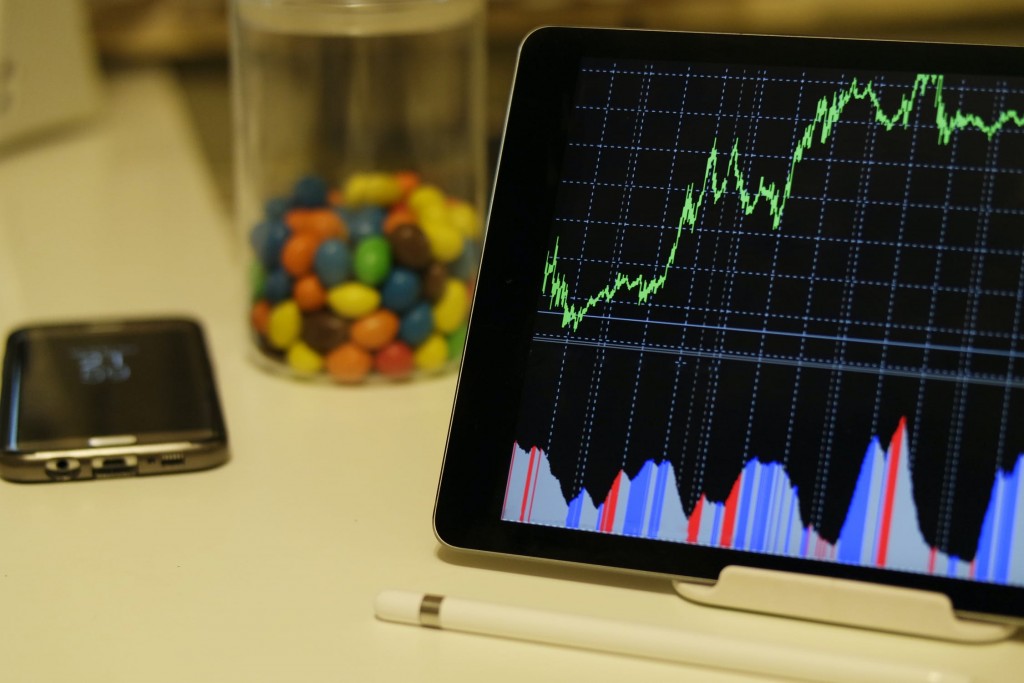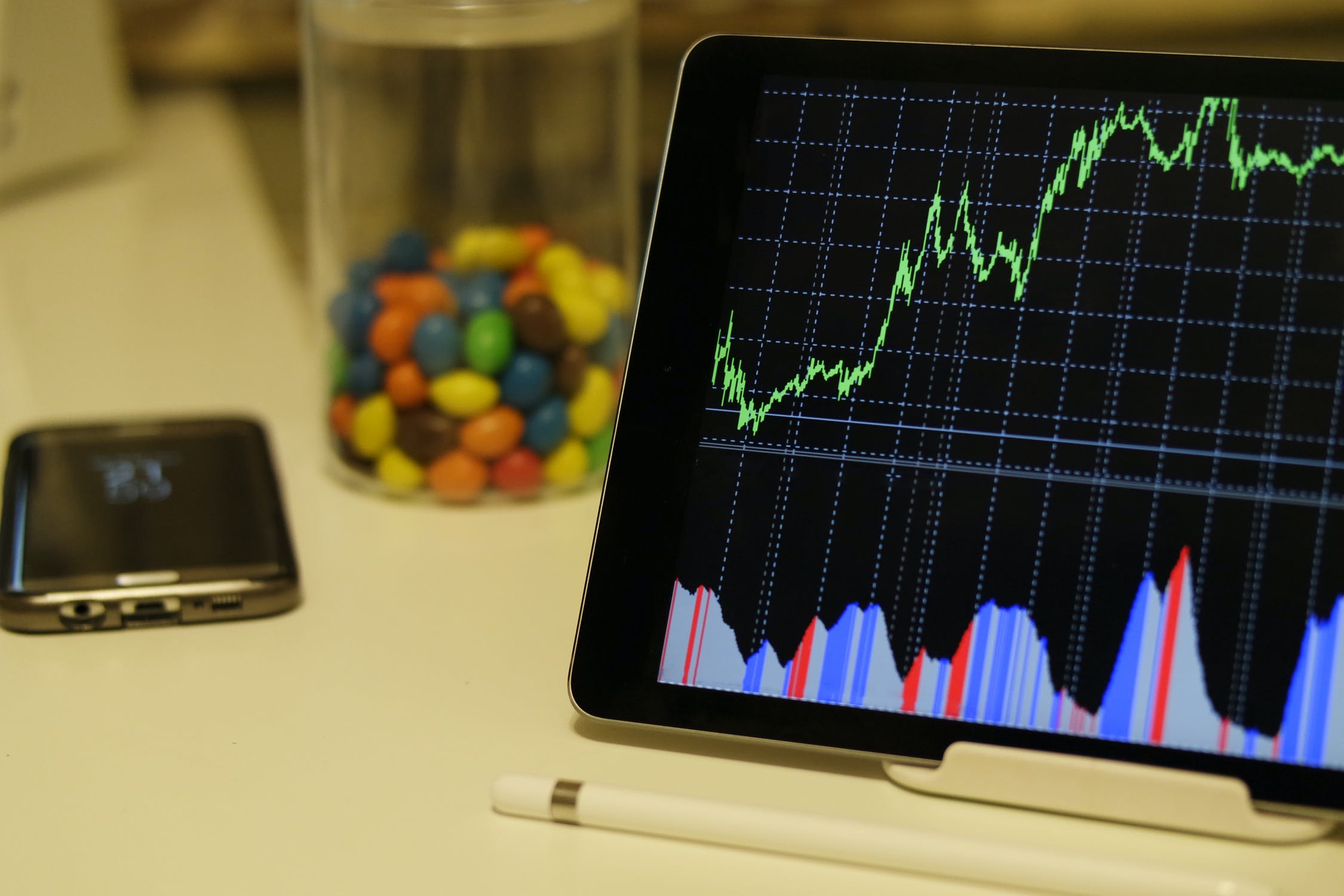As the world becomes increasingly digital, the trading industry has been quick to adopt new technologies that can help it become faster, more efficient, and more profitable. From cutting-edge artificial intelligence (AI) systems to quantum computing, there are a host of exciting new technologies – you can go to a website about binary options trading to check them out – that are transforming the way that traders work.
In this blog post, we’ll explore some of the latest technologies in trading and discuss how they are changing the industry.

AI and Machine Learning
One of the most exciting developments in trading technology is the use of AI and machine learning. By analyzing vast amounts of data, these systems can identify patterns and trends that would be impossible for humans to spot.
For example, AI systems can analyze news stories and social media feeds to identify market-moving events before they happen. They can also monitor trading activity and identify unusual behavior that might indicate insider trading or market manipulation.
But perhaps the most exciting application of AI in trading is the development of autonomous trading systems. These systems use complex algorithms and machine learning to make trades without any human intervention. This can lead to faster and more accurate trades, as well as lower costs and reduced risk.
However, there are also concerns about the impact of AI on the trading industry. Some worry that autonomous systems could lead to a “flash crash” if they all make the same trade at the same time, while others fear that they could be used for nefarious purposes such as front-running or spoofing.
Blockchain and Distributed Ledger Technology
Blockchain and distributed ledger technology (DLT) have been making waves in the financial industry for several years now, and their potential applications in trading are significant. For example, blockchain can be used to securely and transparently record every trade on a shared ledger, reducing the risk of fraud or errors. It can also be used to create smart contracts that execute automatically when certain conditions are met, reducing the need for intermediaries and speeding up settlement times.
DLT can also be used to create decentralized exchanges, which operate without a central authority. This can lead to lower costs and improved security, as there is no single point of failure.
However, there are also challenges to implementing blockchain and DLT in trading. For example, interoperability between different systems can be difficult, and there are concerns about the scalability of decentralized exchanges.
Quantum Computing
Quantum computing is still in its infancy, but it has the potential to revolutionize many industries, including trading. One of the key benefits of quantum computers is that they can perform certain calculations much faster than classical computers. This could lead to faster and more accurate pricing models, as well as more effective risk management.
Quantum computing could also be used to develop new trading strategies that take advantage of quantum mechanics. For example, researchers have already developed algorithms that use quantum entanglement to create unbreakable codes, which could be used to secure trading data.
However, there are still many challenges to overcome before quantum computing can be widely adopted in trading. For one thing, the technology is still expensive and difficult to scale. There are also concerns about the security of quantum computing, as it could potentially be used to break encryption codes.
The Future of Trading
As these and other technologies continue to develop, it’s clear that the trading industry will look very different in the coming years. Autonomous trading systems, blockchain-based exchanges, and quantum-powered pricing models are just a few of the innovations that are poised to transform the industry.
But while these developments offer enormous potential, they also come with significant risks and challenges. It’s important for traders, regulators, and technologists to work together to ensure that these technologies are used in a way that is safe, fair, and transparent.
In conclusion, the latest technologies in trading offer exciting new opportunities for traders and investors. From AI and machine learning to blockchain and quantum computing, there are a host of innovations that are transforming the way that trading is done. However, these technologies also come with significant risks and challenges, and it’s important for the industry to approach them with caution and foresight.
